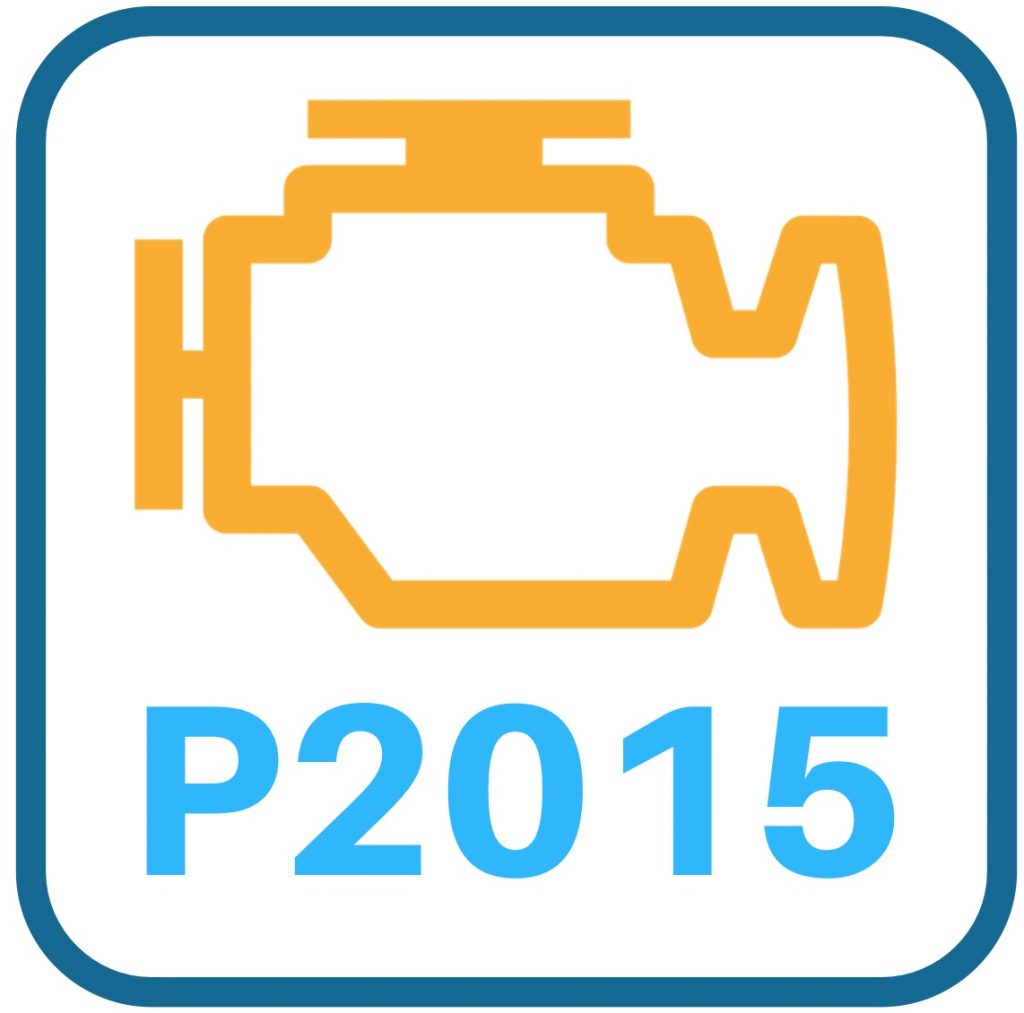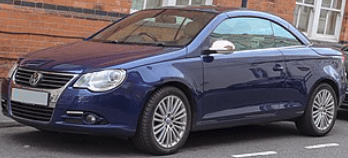P2015 is a somewhat rare diagnostic trouble code. It is generic (meaning it has the same definition for all vehicles, including the Volkswagen Eos).
It’s often found with other codes. If those codes are vacuum or air/fuel related, you should tackle them first. Fixing them will often clear P2015 as well.
P2015 Definition: Intake Manifold Runner Position Sensor – Switch Circuit Range Performance – Bank 1

Here’s the definition of P2015 divided separated into its three parts:
Intake Manifold Runner Position Sensor
Your Eos’s throttle body allows air into the intake manifold. Once air makes its way through the intake, the IMRC (intake manifold runner control) system fine-tunes the airflow for each particular intake runner. This action creates a swirling effect that allows for more efficient combustion at any RPM.
The IMRC is controlled by your Volkswagen Eos’s PCM. Depending on the engine type and model year, it can use either engine vacuum or an electric motor to operate the system. However, the vacuum-operated version does seem to be more prevalent.
Switch Circuit Range
The circuit that is used to control the IMRC is out of “range”, which means the voltage coming to/from it is not within the manufacturers specifications.
Bank 1
Bank 1 is the side of the engine with the first cylinder. You don’t need to worry about this at all if your Eos has an inline engine, as there is only one bank of cylinders.
P2015 Symptoms: Volkswagen Eos
Here are the most common symptoms asscoiated with P2015:
- Poor idle
- Lack of power at higher speed
- Decreased fuel economy
- Other trouble codes (this is important, P2015 can be caused by engine vacuum related issues)
Volkswagen Eos P2015 Causes + Diagnosis

Here are the most common causes of P2015, presented in a (somewhat) logical order to diagnose your Eos in:
1. Check for Other Codes
Checking for other codes should be the first thing that you do. Codes related to the MAF sensor or a vacuum leak should be addressed first.
2. IMRC Wiring
The wiring harness going to the IMRC and the pigtail that connects to it can cause P2015. If the IMRC actuator no longer has power, then it can’t operate the butterfly valves.
Check the wiring harness around your Eos’s IMRC to ensure that it hasn’t been rubbed against anything or damaged. If it has, you’re going to need to replace or repair the wiring harness.
Rodents love to get on top of a warm engine in the winter and can absolutely damage the wiring going to the IMRC.
Make sure that the harness has the proper voltage (or voltage going to it at all). Verify that the ground is good before moving to the next step.
If there was wiring damage, repair it and clear the codes with your scanner. Start it and see if the code returns.
3. Restricted Vacuum Lines (Vacuum Operated IMRC Only)
Most IMRC systems are vacuum controlled. Check the vacuum lines going to it to see if they are restricted or damaged in any way. If there is a leak, you’ll need to replace the lines.
If your Volkswagen Eos has a vacuum-operated IMRC (it’ll depend on model year and engine), you can control the butterfly valves with a vacuum pump (like a Mityvac). Use the vacuum pump to verify that the IMRC actuator is still operating properly.
If it does operate them, you know that either there’s not enough vacuum getting to the IMRC actuator for it to be effective, or something is not commanding it to turn on.
If the vacuum pump does not operate the IMRC actuator, it’s likely bad and causing P2015.
4. Intake Manifold and IMRC Linkage
With your Eos’s IMRC actuator disconnected, you can operate the linkage by hand. It shouldn’t give any resistance when moving it. If it does, then it’s binding in the intake. This can happen for a few reasons:
- Carbon build-up
- Intake manifold improperly torqued
- Bent or loose IMRC butterfly valves
If the butterfly valves open and close with no resistance, you can rule out any issue with the intake, which either leaves the IMRC actuator or something causing it not to command open or closed.
If they do not freely move, there is either a carbon buildup or the butterfly valves have come loose.
Conclusion
Make sure you address any other codes related to the air/fuel ratio or vacuum before addressing P2015 in your Volkswagen Eos, as clearing those codes will usually take P2015 with it. Good luck!

